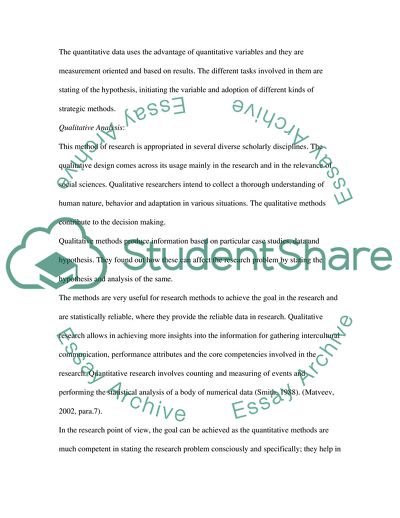Cite this document
(Determining Predominant Factors in Nurses Perception of Barriers for Thesis, n.d.)
Determining Predominant Factors in Nurses Perception of Barriers for Thesis. https://studentshare.org/social-science/1737900-understanding-nurses-perception-of-barriers-for-online-education
Determining Predominant Factors in Nurses Perception of Barriers for Thesis. https://studentshare.org/social-science/1737900-understanding-nurses-perception-of-barriers-for-online-education
(Determining Predominant Factors in Nurses Perception of Barriers for Thesis)
Determining Predominant Factors in Nurses Perception of Barriers for Thesis. https://studentshare.org/social-science/1737900-understanding-nurses-perception-of-barriers-for-online-education.
Determining Predominant Factors in Nurses Perception of Barriers for Thesis. https://studentshare.org/social-science/1737900-understanding-nurses-perception-of-barriers-for-online-education.
“Determining Predominant Factors in Nurses Perception of Barriers for Thesis”. https://studentshare.org/social-science/1737900-understanding-nurses-perception-of-barriers-for-online-education.


